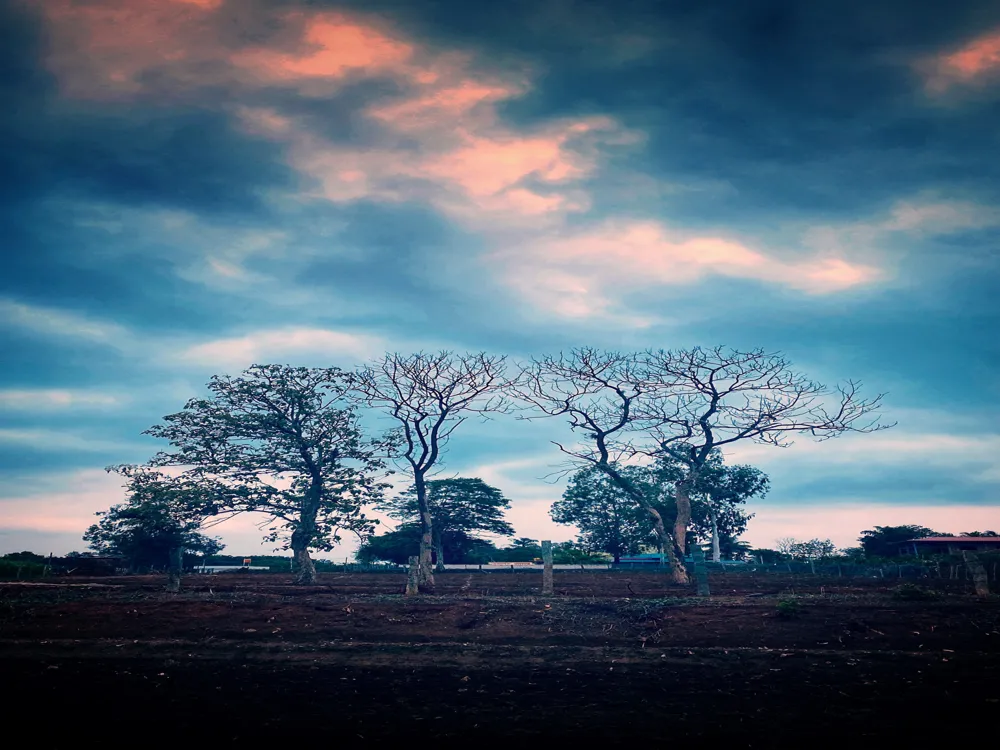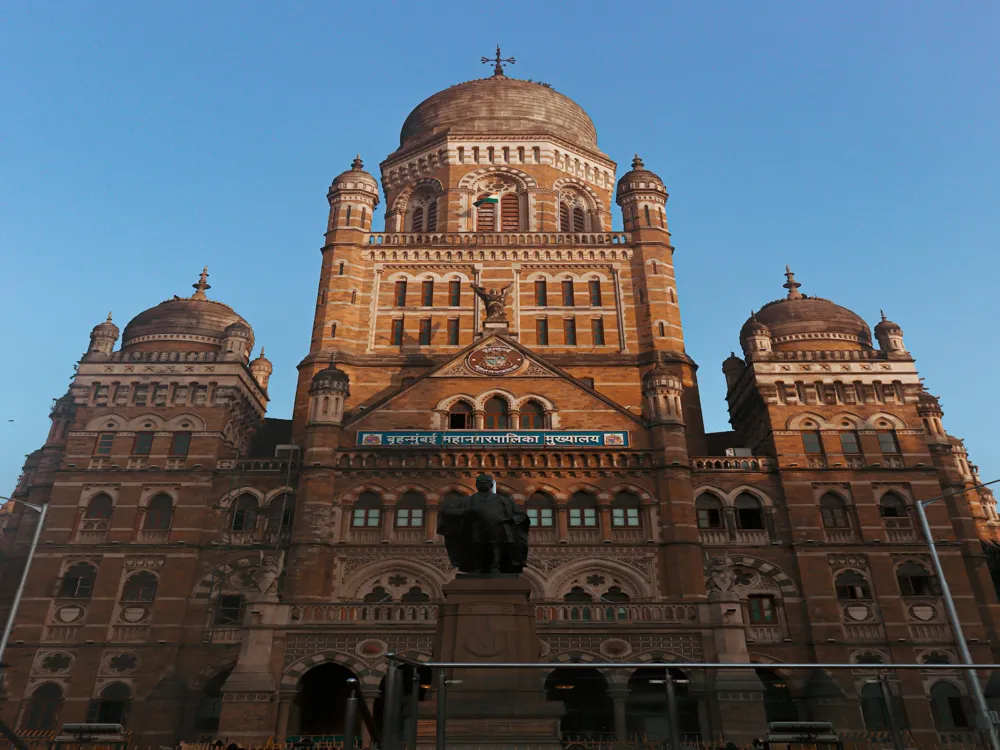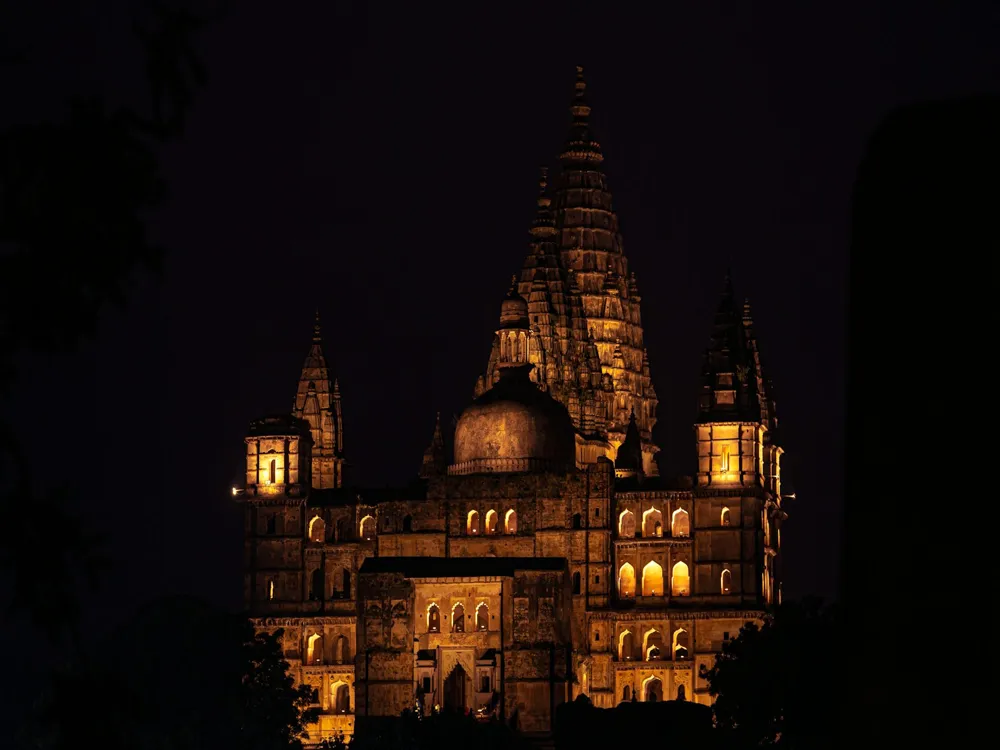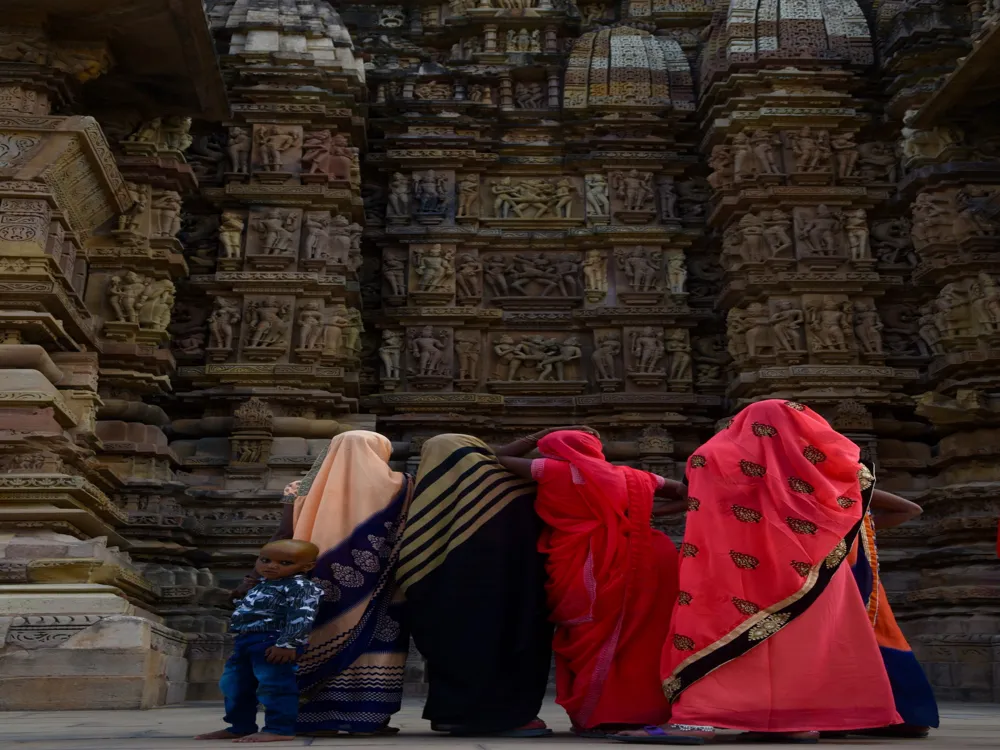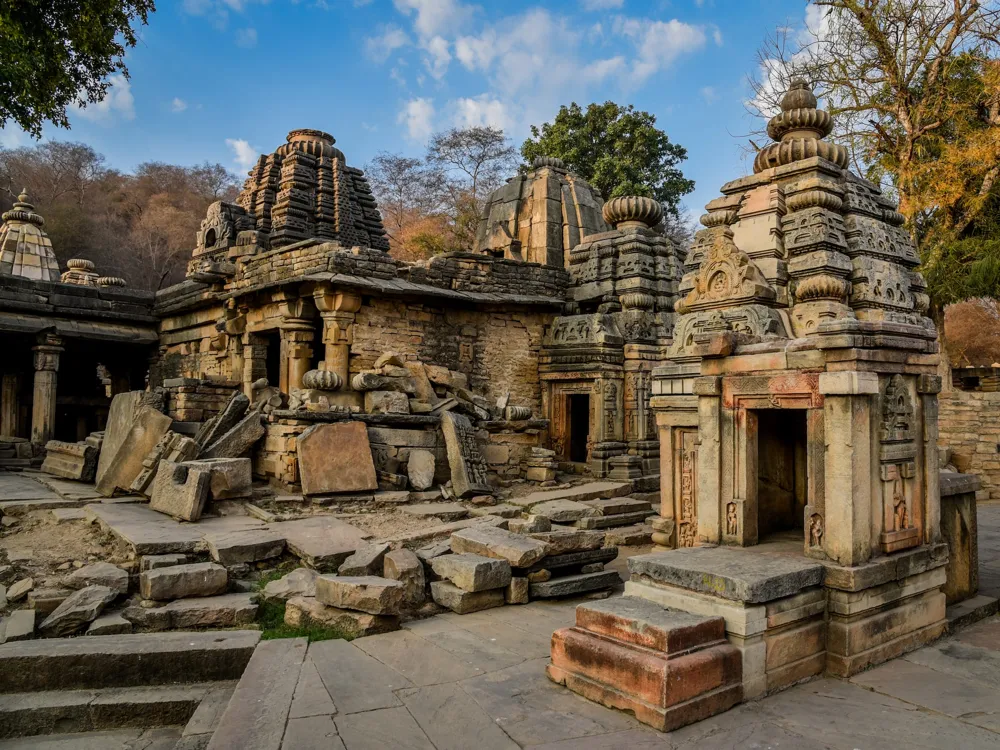Rani Lakshmi Bai Park, situated in the heart of Jhansi, Uttar Pradesh, is a tribute to the valiant queen Rani Lakshmi Bai, a pivotal figure in India's struggle for independence. This park, encompassing a vast area of lush greenery, is not just a recreational spot but also a symbol of India's rich history and cultural heritage. It serves as a reminder of the bravery and resilience of Rani Lakshmi Bai, who played a crucial role in the First War of Indian Independence in 1857. The park's history is deeply intertwined with the story of Rani Lakshmi Bai, who was one of the leading figures of the Indian Rebellion of 1857 and is revered for her resistance to British Raj. Her legacy is celebrated in this park, which attracts not only locals but also tourists from all over the world, making it a significant landmark in Jhansi. Visiting Rani Lakshmi Bai Park is like taking a walk through history. As you stroll through the pathways, you are surrounded by well-maintained gardens, monumental statues, and historical exhibits that narrate the tale of the queen's bravery. The park is not only a historical site but also a recreational area, offering a peaceful escape from the hustle and bustle of the city life. Families, history enthusiasts, and nature lovers find this park an ideal destination for a day out. The architecture of Rani Lakshmi Bai Park is a remarkable fusion of historical significance and modern landscaping. At the entrance, visitors are greeted by a majestic statue of Rani Lakshmi Bai mounted on her horse, symbolizing her fearless spirit. This iconic statue is a focal point of the park and is a popular spot for photography. The park's layout is thoughtfully designed to incorporate various elements that reflect the era of Rani Lakshmi Bai. Traditional motifs, sculptures depicting scenes from her life, and inscriptions of her valiant tales adorn the park. The pathways are lined with lush greenery, offering a tranquil environment for visitors. One of the unique architectural features of the park is the use of local materials and traditional construction techniques, blending seamlessly with the natural landscape. This approach not only enhances the aesthetic appeal of the park but also pays homage to the local artisanship of Jhansi. The ideal time to visit Rani Lakshmi Bai Park is during the cooler months of October to March. The weather is pleasant, making it comfortable to explore the park and its surroundings. Opt for guided tours available at the park to gain a deeper understanding of the history and significance of Rani Lakshmi Bai and the park itself. The park offers ample parking space. Facilities like restrooms, food stalls, and sitting areas are available for the convenience of visitors. Photography is allowed in the park, and it is a great opportunity to capture the beauty of the architecture and the natural surroundings. Rani Lakshmi Bai Park is easily accessible from various parts of Jhansi. Visitors can reach the park by local buses, taxis, or auto-rickshaws. For those coming from outside Jhansi, the nearest railway station is Jhansi Railway Station, which is well-connected to major cities in India. The park is located at a short distance from the railway station and can be reached via local transportation. Read MoreOverview of Rani Lakshmi Bai Park, Jhansi, Uttar Pradesh
Architecture of Rani Lakshmi Bai Park
Tips When Visiting Rani Lakshmi Bai Park
Best Time to Visit
Guided Tours
Parking and Facilities
Photography
How To Reach Rani Lakshmi Bai Park
Rani Lakshmi Bai Park
Jhansi
Uttar Pradesh
NaN onwards
View jhansi Packages
Weather :
Tags : Garden & Park
Timings : 5:00 AM - 9:00 PM
Time Required : 1 hour
Entry Fee : No Entry Fee
Planning a Trip? Ask Your Question
Jhansi Travel Packages
View All Packages For Jhansi
Top Hotel Collections for Jhansi

Private Pool

Luxury Hotels

5-Star Hotels

Pet Friendly
Top Hotels Near Jhansi
Other Top Ranking Places In Jhansi
View All Places To Visit In jhansi
View jhansi Packages
Weather :
Tags : Garden & Park
Timings : 5:00 AM - 9:00 PM
Time Required : 1 hour
Entry Fee : No Entry Fee
Planning a Trip? Ask Your Question
Jhansi Travel Packages
View All Packages For Jhansi
Top Hotel Collections for Jhansi

Private Pool

Luxury Hotels

5-Star Hotels

Pet Friendly







